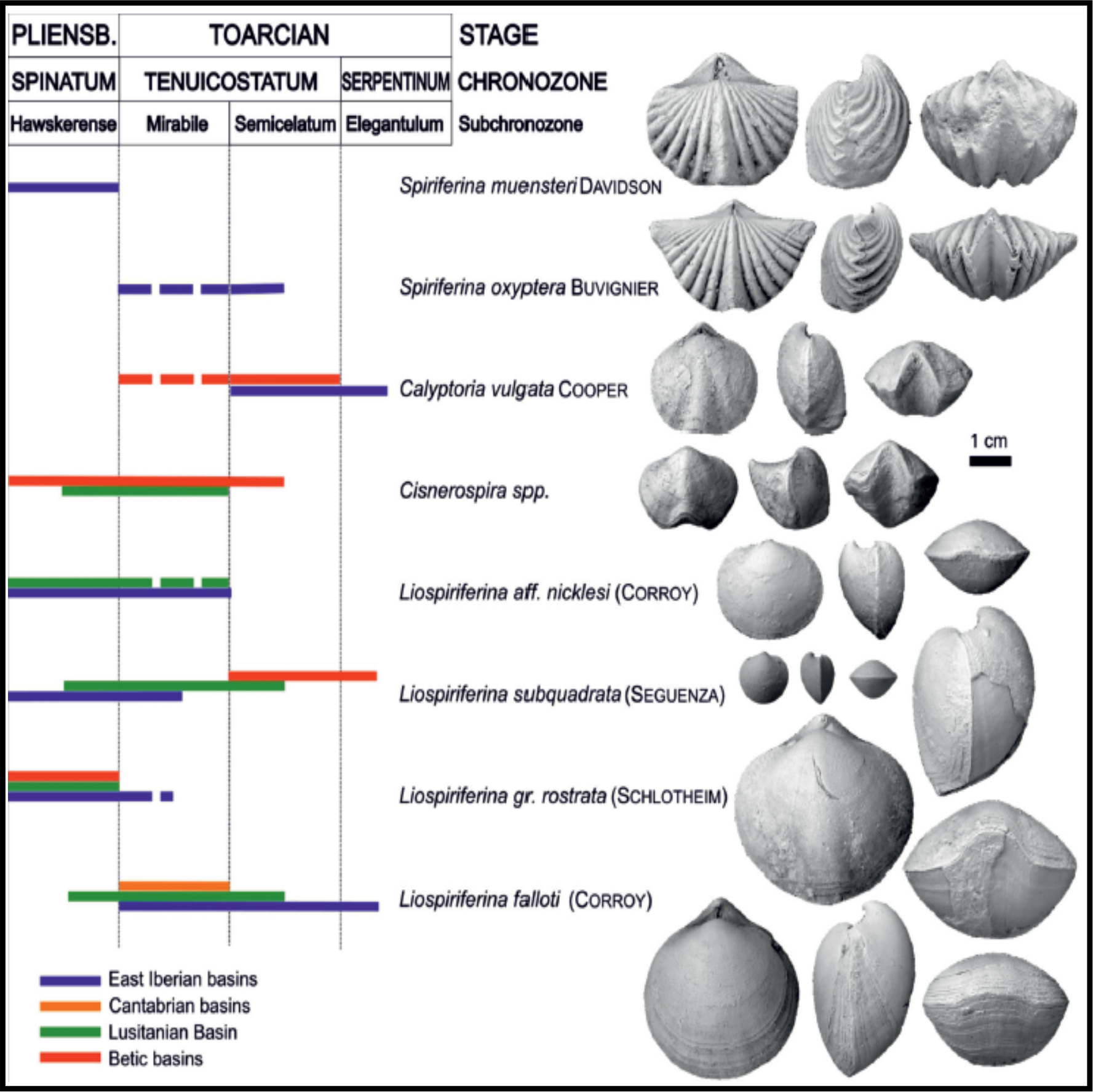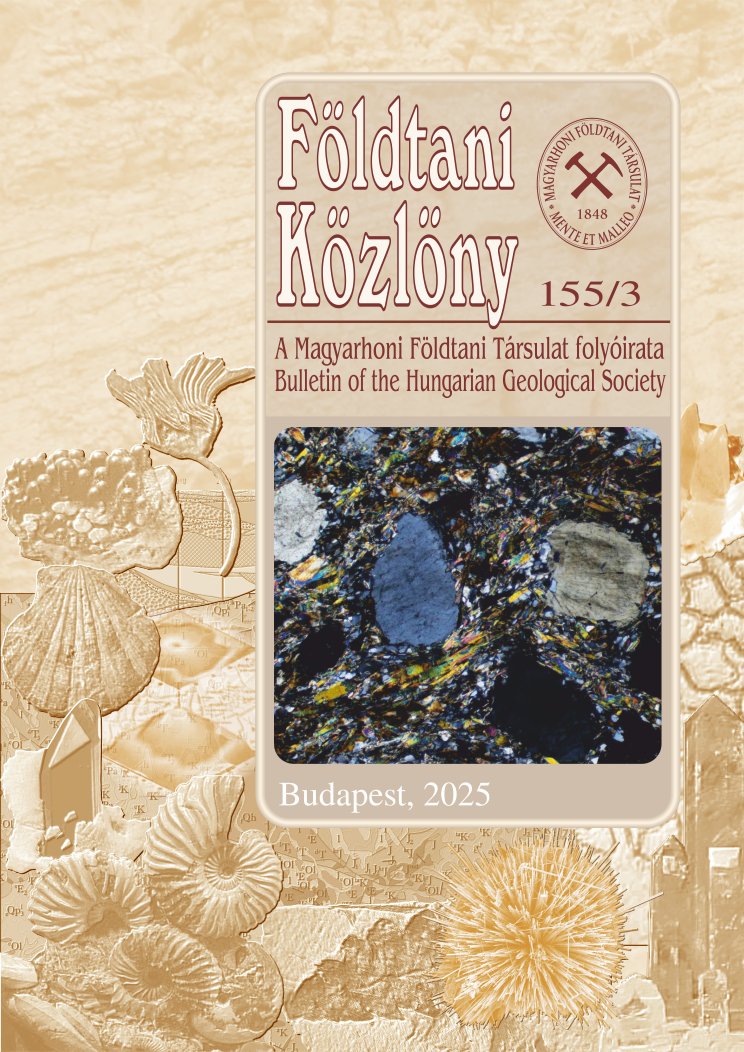Disparity, diversity and body size changes of the Toarcian Spiriferinides (Brachiopoda, Lower Jurassic) in the westernmost Tethys
Abstract
The fossil record of the Order Spiriferinida in the Toarcian basins surrounding the Iberian Massif (Spain and Portugal) is exposed as one of the most well-known, complete, and continuous worldwide. Despite the low specific diversity intrinsic to this group, the peri-Iberian basins include representatives of the main different morphological types recognized throughout the post-Paleozoic history of the group, representing the ultimate “Lost Eden” for this clade before its definitive demise in the Early Toarcian Mass Extinction Event (ETMEE). The changes in morphology and body size observed during the latest Pliensbachian–earliest Toarcian, corresponding to the Extinction interval of the ETMEE, are analyzed in specimens of the genus Liospiriferina carefully recorded bed by bed in two stratigraphical sections of the Iberian Range, in order to stablish their detailed relationship with the evolution of the seawater temperature during this hyperthermal event. This analysis has revealed an initial decrease in diversity and size coinciding with the first important warming episode at the beginning of the Toarcian, while the big sizes observed in the last representatives of this genus probably correspond with a short but intense event of seawater cooling, intercalated in the severe warming episode that most probably was the main triggering factor of the spiriferinide clade extinction.
















